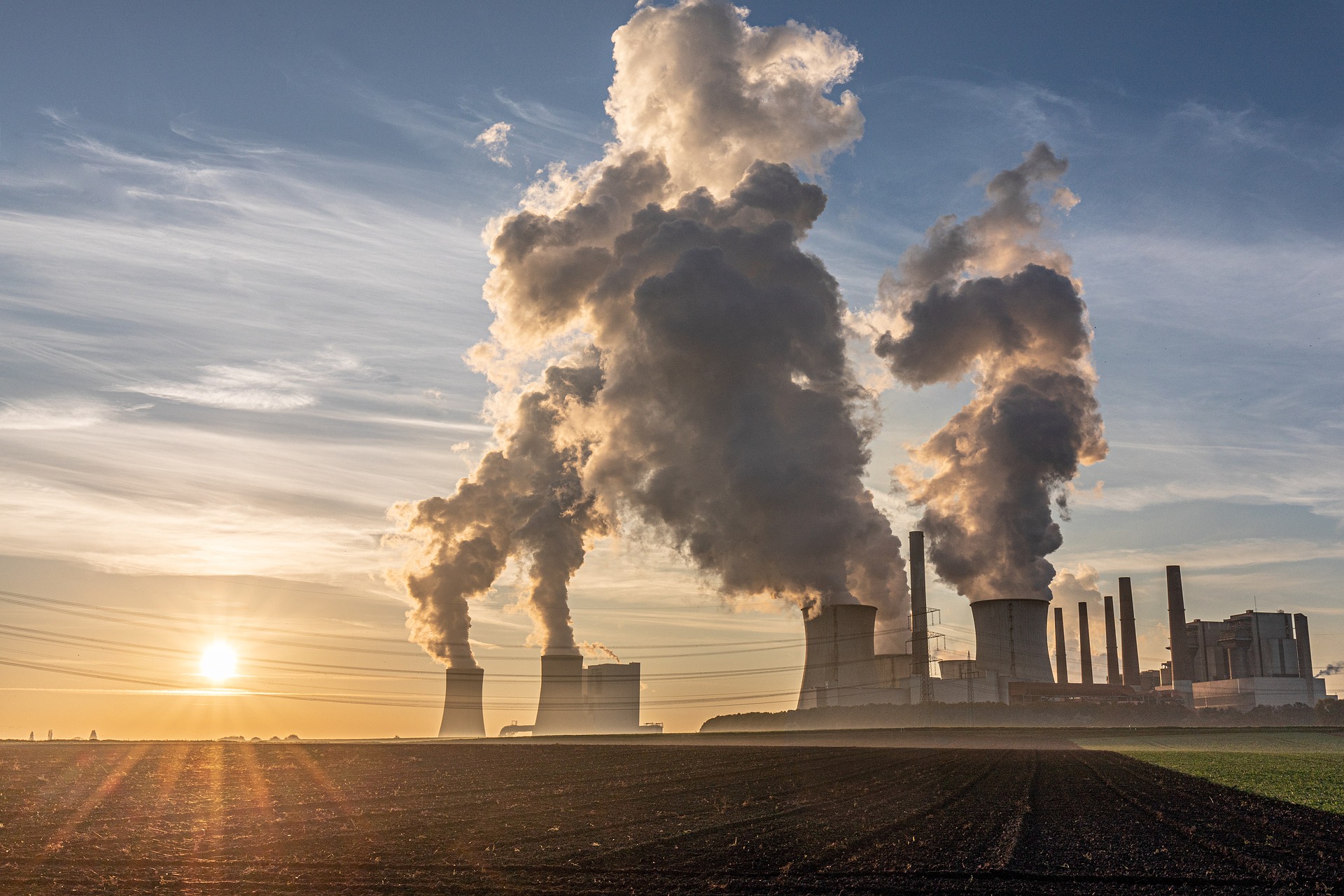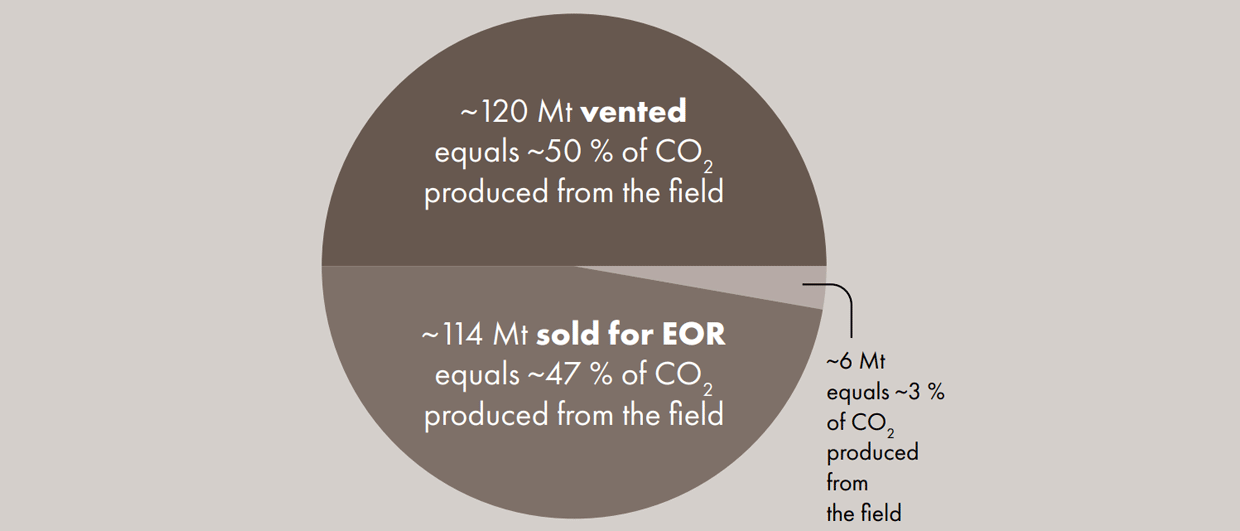The hotel kindly hosting the Aberdeen evening lectures organised by the GESGB should have looked at the programme before deciding not to man the bar last night. The talk was about CCS, and because of that, the turnout was about five times as high as what normally happens. I even saw someone from the NSTA. Adding the folk who dialled in online, there were around 80 who listened to the talk presented by Callum Inglis and Tom Calder from Spirit Energy. This number of people used to rock up at lectures about ten years ago, but it is genuinely a rarity these days.
Callum and Tom talked about Spirit’s plans to reuse the Morecambe Bay gas fields for CO2 storage. They shared some interesting insights.
The Morecambe Bay complex in the East Irish Sea consists of two fields – North and South Morecambe – that are not in hydraulic communication. Combined, these fields have an enormous storage potential of more than one billion tonnes of CO2, amounting to about three years of the UK’s total annual emissions. The reservoirs are not a major problem; the Triassic Ormskirk Formation can be considered a “tank” according to Callum, and especially at the top of the reservoir, which tends to be illite-free, reservoir characteristics are good (around 13% porosity and 100-180 mD permeability). This also explains why around 6.6 Tcf of gas has so far been produced from Morecambe Bay, with a limited number of highly productive wells.
Because of gas production, pressures in the reservoirs have declined significantly, from 1,800 to around 100 psi today. For that reason, Spirit aims to inject CO2 in the gas phase. In South Morecambe, the company will not even reach the point of being able to inject in supercritical phase during the 25 years of anticipated injection, given the size of the reservoir.
Natural CO2
The Morecambe Bay fields are situated in an area where igneous activity during the Tertiary resulted in the emplacement of a series of dykes. This magmatic activity has probably resulted in the subsurface release of CO2, to the point where the North Morecambe field contains around 6% CO2 in the gas mix. This proves that the overlying units prove the sealing capacity for CO2 but at the same time, when asked about this during the Q&A, it also exposed the odd situation that the CO2 that is currently produced from North Morecambe is being vented to the atmosphere.
Monitoring and wind
The East Irish Sea is an area where wind farms are continuously being built. One of those is even planned to straddle the South Morecambe field. This has prioritised the need to acquire seismic data now before this cannot be done anymore. For that reason, a 3D seismic survey will commence next week, according to Callum. The main aim of the survey is to better image the sealing units of the fields, as well as better map any faults.
4D seismic is not planned once injection will commence in 2030, partly because of lack of access due to wind farm developments, partly because of costs – OBN is seen as too expensive – and finally because of imaging – no 4D response is expected. Instead, Spirit has teamed up with company Reach Subsea that specialises in micro-gravity analysis to monitor reservoir dynamics.
Economics
During the Q&A, John Underhill from Aberdeen University asked about the economic model of the operation. Spirit is not planning to using the injected CO2 for enhanced gas production, so the development will need to be funded through the injection of CO2 alone. On top of that, the company aims to drill new injection wells, which will obviously come with a serious investment even though the top reservoir is not deeply buried at all (670-1,100 m).
“The business model has not had the time to prove itself yet”, said Callum as a response. That is indeed the case, as there is no CO2 injection taking place in the UK yet. But what is striking in almost all discussions that I am part of on the fringes of CCS talks is the doubts that people express regarding this very business case. There seems overall agreement that the geology is not really the problem, it is getting the CO2 from the emitters – in pure form – and the costs associated with this that seems to be the real bottleneck. Let’s hope Spirit is able to crack the code, and that we can come to the hotel again in 10 years time to hear about the results of the first few years of CO2 injection. And hopefully there will be someone at the bar then.





